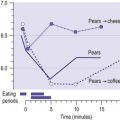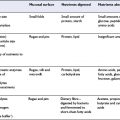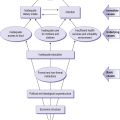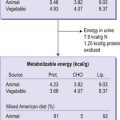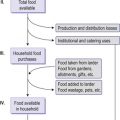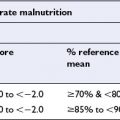CHAPTER 7 Diet for Sport and Exercise
7.1 INTRODUCTION
Much of the daily energy and nutrient requirements for a healthy adult is for the maintenance of basal metabolism, which accounts for an average of 60–75% of daily energy expenditure (see chapter 2). Requirements increase incrementally with increased energy expenditure, however modest, and whether incorporated into a normal working day or as part of a fitness regimen. However, although the principles of energy and nutrient requirements do not change, people engaged in recreational or competitive sports may find that a particular dietary regimen improves performance. Some individuals strive to enhance their performance through the use of foods and supplements targeted for the competitive sportsperson, with a variable evidence-base for their efficacy.
This chapter considers the relationships between diet, exercise and fuel metabolism.
7.2 MUSCLE STRUCTURE AND FUNCTION
To perform physical exercise our bone structure needs to be moved by muscle force, which is generated when chemical energy is transformed to mechanical energy within the muscle. Skeletal muscle consists of an outer layer of connective tissue covering small bundles of muscle fibres. A muscle fibre represents the individual muscle cell and usually extends the entire length of a muscle. At both ends the muscle fibre fuses with a tendon, which is attached to the bone. The muscle fibre contains numerous myofibrils, which represent the contractile elements of the muscle. There are two types of muscle fibres, slow twitch fibres (also called type I), which are particularly important for aerobic exercise and are well suited for prolonged endurance exercise like marathon running and cycling, and fast twitch fibres (also called type II), which are more important for anaerobic work such as in short-term high intensity activities like weight-lifting or sprinting (see chapter 2). Interestingly, fibre composition differs considerably between individuals, which is largely determined by genetic background. Individuals seem therefore to have a genetic disposition towards high performance in some sports.
7.3 SKELETAL MUSCLE SUBSTRATE UTILIZATION
The immediate source of chemical energy required for skeletal muscle to contract is provided by the hydrolysis of ATP. Because intracellular ATP stores are small, metabolic pathways for ATP synthesis need to be activated directly in response to an increase in ATP demand. The transition from rest to exercise is associated with an increased demand for ATP, which, at the muscular level, can increase more than 100-fold. ATP can be generated during anaerobic metabolism in all cells, through the glycolytic pathway (chapter 4), but muscle cells can also rely on creatine phosphate. Creatine phosphate is a high-energy compound stored in the muscle, the hydrolysis of which generates energy for ATP synthesis. A high rate of synthesis of ATP can be achieved through these routes but substrates are rapidly depleted. The majority of ATP required for muscle contraction is generated through oxidative phosphorylation, primarily from the oxidation of fat and carbohydrate.
Fuel storage
Muscle contraction occurs continuously and therefore the body needs to ensure a continuous supply of ATP. It does this through the use of fuels made available through diet and from stores (Table 7.1). Carbohydrate is stored as glycogen in skeletal muscle and in the liver. A normal healthy adult stores about 100 g glycogen in the liver and about three times this in skeletal muscle. Fat is stored in adipose tissue; stores are generally between 9 and 15 kg in the non-obese adult male weighing about 70 kg but can be a great deal more. Additionally, the energy provision from fat is 39 kJ/g, more than twice that from carbohydrate.
Table 7.1 Available fuel in an average person
| Fuel source | in weight (g) | in energy (kJ) |
|---|---|---|
| Fat | ||
| plasma free fatty acids | 0.4 | 16 |
| plasma TAG | 4.0 | 156 |
| TAG stores | 12,000 | 468,000 |
| Carbohydrate | ||
| plasma glucose | 20 | 360 |
| liver glycogen | 100 | 1800 |
| muscle glycogen | 350 | 6300 |
Based on estimates for a normal, non-obese person with a body mass of ±70 kg; fat provides 39 kJ/g and carbohydrate 18 kJ/g.
